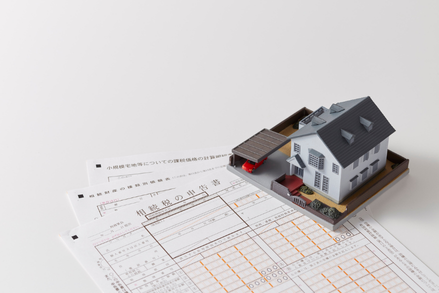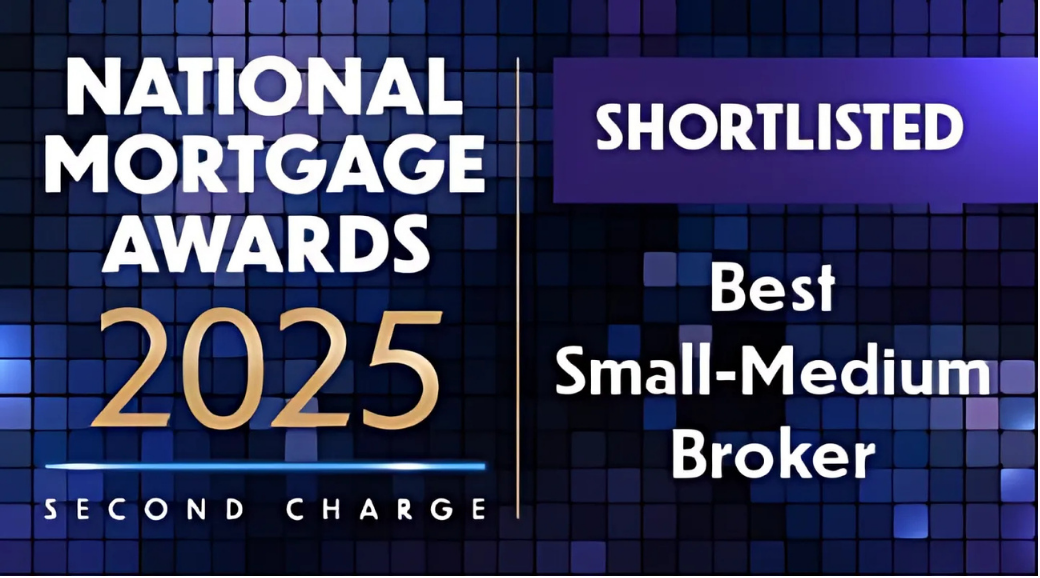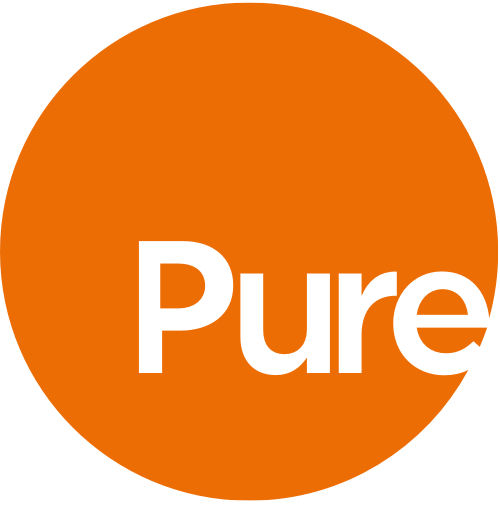October 6th, 2025.
How Lenders Calculate GDV for Your Development Finance Application

When it comes to securing development finance, there’s one figure that sits at the heart of every lender’s assessment: Gross Development Value (GDV). You might have the vision, the land, and the plans… but without a solid GDV calculation, your application won’t get very far. Think of GDV as the golden ratio lenders use to decide not only if they’ll support your project, but also how much they’re prepared to invest.
So, let’s break down what GDV really means, how lenders use it to structure loans, and what you can do to strengthen your case and maximise your funding potential.
What is Gross Development Value (GDV)?
Put simply, GDV is the estimated market value of your project once it’s complete. For example, if you’re building five houses expected to sell for £300,000 each, your GDV would be £1.5 million.
It’s not just a number plucked from thin air, lenders expect GDV calculations to be backed by professional data, such as:
- Comparable property sales in the area
- Valuations from a qualified surveyor
- Current and forecasted market trends
Your GDV is the benchmark lenders use to measure risk versus reward. It tells them what your project is likely to be worth at the end, and therefore how much they can safely lend against it.
How Lenders Use GDV to Assess Loans
Most development finance lenders will only lend up to a percentage of GDV, commonly around 65–70%. This is known as the Loan-to-Gross Development Value (LTGDV).
For example:
- GDV: £1.5 million
- Max LTGDV: 70%
- Maximum loan: £1.05 million
But this isn’t the only ratio in play. Lenders also consider the Loan-to-Cost (LTC) which is how much they’re lending compared to your total costs (land, build, fees). They’ll want to see that you have enough equity or cash invested to share the risk.
In short, GDV is the “big picture” number, but lenders will look at how costs and funding stack up alongside it.
Why Lenders Cap the Percentage
It might feel frustrating that lenders won’t fund 100% of your GDV, but the cap exists for good reason. Property markets can shift, sales can take longer than expected, and build costs can rise. By capping at around 65–70% GDV, lenders protect themselves, and you, against unforeseen risks.
The cap also ensures you, as the developer, have genuine skin in the game. When you’ve invested your own equity, lenders see that you’re committed to delivering the project successfully.
How to Strengthen Your Case and Maximise Funding
If you want to secure the highest possible loan against GDV, preparation is everything. Here are some key steps:
-
Back Up Your GDV with Evidence
Provide a professional valuation, recent comparables, and supporting market data. The stronger your evidence, the more confidence a lender will have in your numbers.
-
Present a Clear Cost Breakdown
Show every cost line, land purchase, construction, professional fees, contingency. This shows the lenders can see you’ve done your homework.
-
Demonstrate Experience and Track Record
If you’ve successfully completed similar projects before, highlight them. A strong track record can often unlock more favourable lending terms.
-
Build in Realistic Timelines
Overly ambitious build schedules can raise red flags. Be realistic, lenders want to see achievable timescales that align with your exit strategy.
-
Work with a Specialist Broker
An experienced broker can package your application in the way lenders want to see it, negotiate terms, and connect you with funders who understand your project type.
GDV really is the golden ratio of development finance. It sets the framework for how much funding you can secure, but it’s only as strong as the evidence and preparation behind it. By presenting a clear, well-researched case, you’ll not only maximise your borrowing potential but also build stronger relationships with lenders for future projects.
If you’re planning your next development and want expert support in structuring finance around your GDV, our team will guide you through the process and make sure your funding stack is as strong as your vision.






